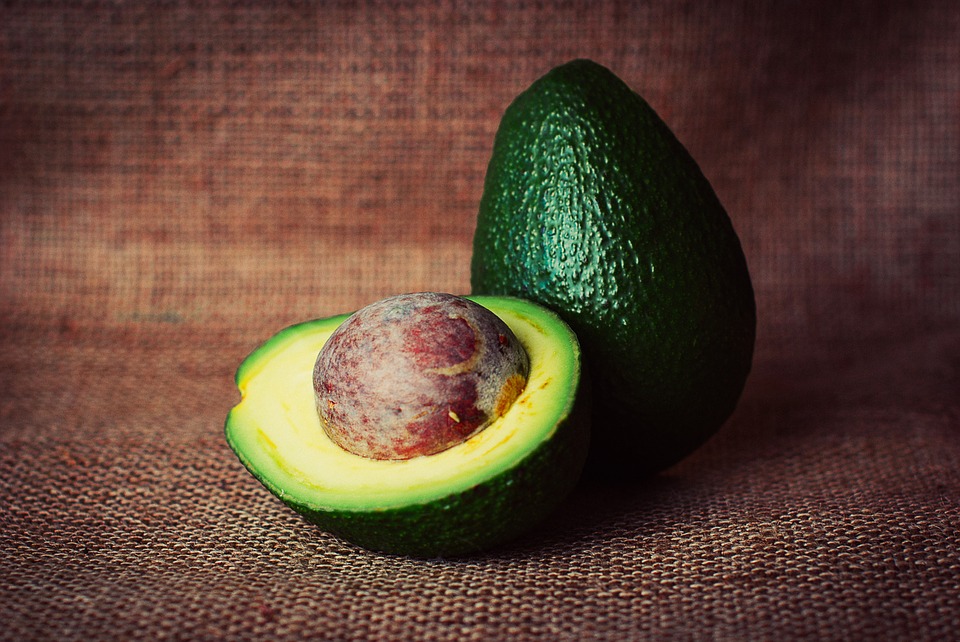A Complete Protein Eating Guide for Vegans and Vegetarians
avo
One of the most popular misconceptions that people have about a plant based diet is that it is impossible to get enough protein without meat. Well guess what? I’m here to inform you that this is a myth!
It is entirely possible to get your daily requirement of protein without eating meat. In fact, the leanest, cleanest sources of protein are beans and other legumes, as less than five percent of their calories from fat. They are also free of cholesterol, hormones, and antibiotics.
So what makes a complete protein?
A complete protein refers to the building blocks of protein, called amino acids. There are twenty different amino acids that form a protein, and nine that the body can’t make on it’s own. These nine amino acids are called essential amino acids. They are essential because we need to eat them, as our bodies can’t make them.
For a food to be deemed a complete protein, it must contain all the nine essential amino acids in close to equal amounts.
So while meat and eggs are indeed complete proteins, nuts and beans aren’t. But hold the phone! This doesn’t mean you can’t get all of your essential amino acids on a plant based diet! We don’t need every essential amino acid in every bite of food, we just need a sufficient amount of each amino acid every day.
So with a combination of different plant based foods each day, it’s easy breezy to get all of the essential amino acids your body needs!
First, let’s go over the plant based foods that are complete proteins. And as we discussed earlier, a complete protein means that you get all of the nine essential amino acids by eating a portion of it on its own.
Vegan Complete Protein Sources:
quinoa
Quinoa- 8 grams of protein per one cooked cup
Buckwheat- 6 grams of protein per one cooked cup
Avocado- 3 grams of protein per one avocado
Soy- 10grams of protein per ½ cup firm tofu, 15 grams of protein per ½ cup tempeh. (Please eat soy in moderation, make sure it is non-GMO, and remember to only eat soy in its fermented version- tempeh, tofu, miso)
Quorn (Mycoprotein)- 13 grams per ½ cup serving.
Protein powder- The content varies by brand, but most have around 22 grams per serving. Make sure when buying to choose one that is non-GMO, and that has a complete amino acid profile.
Ezekiel Bread- Ezekiel bread is made from wheat (they also make a gluten free version), barley, millet, beans, lentils, and spelt, making it a complete protein. The bread is also made using sprouted grain, which increases the bread’s fiber and vitamin content. This also makes it easier to digest.
Honorary members:
You might have notice that hempseeds and chia seeds are missing from this list. Although they do contain all nine essential amino acids, they are both too low in lysine to be considered complete. But they are still excellent forms of protein! I love to add them to my smoothies and oatmeal. Hemp seeds are also great stir-fried with vegetables, and they make an excellent salad topping.
Hempseeds- 10 grams per 2 tablespoon serving
Chia Seeds- 4 grams per 2 tablespoon serving
Now, let’s talk about how to pair plant based foods to create a complete serving of protein.
The Amazing Duos:
Rice and beans-
Rice and beans complement each other perfectly as beans are low in methionine and high in lysine, and rice is low in lysine and high in methionine. Combine these two and you have a meal with heaps of complete protein.
2. Peanut butter sandwich-
Combine peanut butter (or your favorite nut butter) with whole grain and you get a complete protein! Remember to choose organic peanut butter with no oil and sugar, as the oils tend to be full of hydrogenated fats and sugar is toxic. Make sure to use a whole grain bread, and even better, choose a gluten free bread!
3. Hummus and pita-
Wheat is deficient in lysine, but guess what? Chickpeas are high in lysiene! Pair these two for a complete protein.
4. Spirulina with grains
Spirulina is lacking in methionine and cysteine, but combine it with nuts, seeds, or oats and you have a complete protein. My favorite way to combine these is in a green smoothie.
5. Oats with nuts or peanut butter-
Add some peanut butter or nuts to your oatmeal and you are in business.Basically, combine any grain with a nut, seed, or legume, and you have yourself a complete protein. The possibilities are endless.
So what is the right amount of protein?
Click HERE to find out!
xxxxxxxxx
Health Coach Jenna


